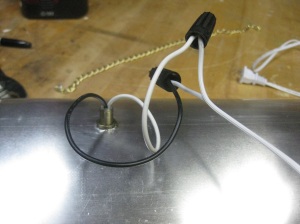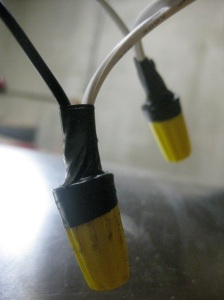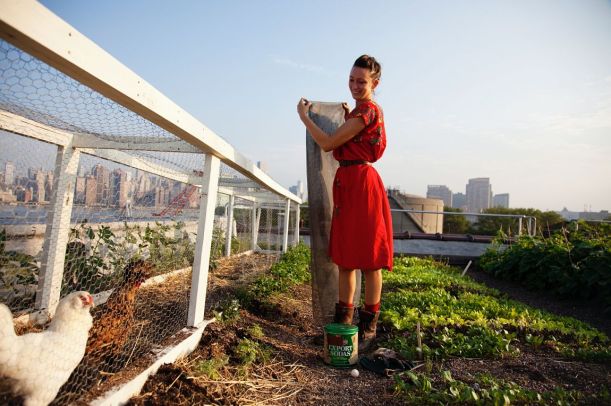It’s that time of year again when the birds begin chirping and the ground begins to thaw. Depending of your grow zone, there are now anywhere from 4-8 weeks until danger of the last frost has passed. Which means, time to plant those seeds indoors for an early spring crop!
Seedling mixes can get expensive, and if you are like me, and are planning on growing several flats of plant starts, the cost of those small bags easily adds up. There are many different soil mix recipes out there, and sometimes it can be daunting deciding which one is the best mix for you. As with many things in the garden, there is not one right way to make a soil mix, but there can be wrong ways.
I am going to provide you with a blueprint of making your own planting soil. We will keep it short and sweet, but I want you to understand some of the whys of what we put in our mix and there individual advantages.
I recommend starting with a basic mix of 1/3 perlite, 1/3 peat moss, and 1/3 compost. Alternatively, you can substitute perlite for vermiculite, and/or you can substitute peat moss for a more sustainable coco coir. There’s not really a good substitute for compost. If you want/need to cut down on the compost required, you can split it and use 1 part top soil to 1 part of compost for the 1/3 compost portion of your mix.
The perlite/vermiculite portion provides adequate air space in the mix. Both help aerate the soil, however, the main difference for us is that perlite drains a little faster than vermiculite. Since we are starting seeds indoors, we want our soil to be fast draining to avoid overwatering, root rot, etc. We’re taking the time to start plants indoors, so we might as well make sure they have an excellent root system established before we transplant them outside.
Peat moss/coco coir portion provides excellent water retention capabilities. This ingredient portion holds the majority of the available water in the soil mix. It easily absorbs and retains water, but also easily releases water to the plants. Some other ingredients can absorb water and hold water, leaving it unavailable to plants.
The compost portion of our mix provides most of the necessary nutrients and all of the beneficial bacteria and fungi. If you have some, I like to add about a cup or two of bag soil that has mycorrhizal fungi in it. The fungi will populate easily, so you only need a little bit. Doing this will also help expand the population of beneficial microbes by utilizing two different sources of organic material in your mix.



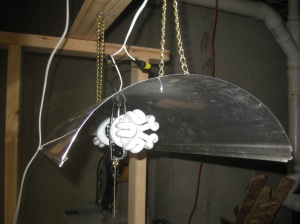











 Find a drill bit that is slightly smaller than the socket screw. I actually drilled my hole about 1/2 the size of the socket screw.
Find a drill bit that is slightly smaller than the socket screw. I actually drilled my hole about 1/2 the size of the socket screw.


 Remove the nut from the light fixture. Leave the washer in place. Next, feed the wire through the hole. Do this from the inside (inner curve) of the light hood.
Remove the nut from the light fixture. Leave the washer in place. Next, feed the wire through the hole. Do this from the inside (inner curve) of the light hood. Pull or screw the light socket screw through the hole.
Pull or screw the light socket screw through the hole.



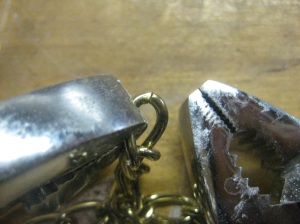





 The white wire on your light socket is neutral and therefore should be connected to the ribbed wire on the lamp cord.
The white wire on your light socket is neutral and therefore should be connected to the ribbed wire on the lamp cord.